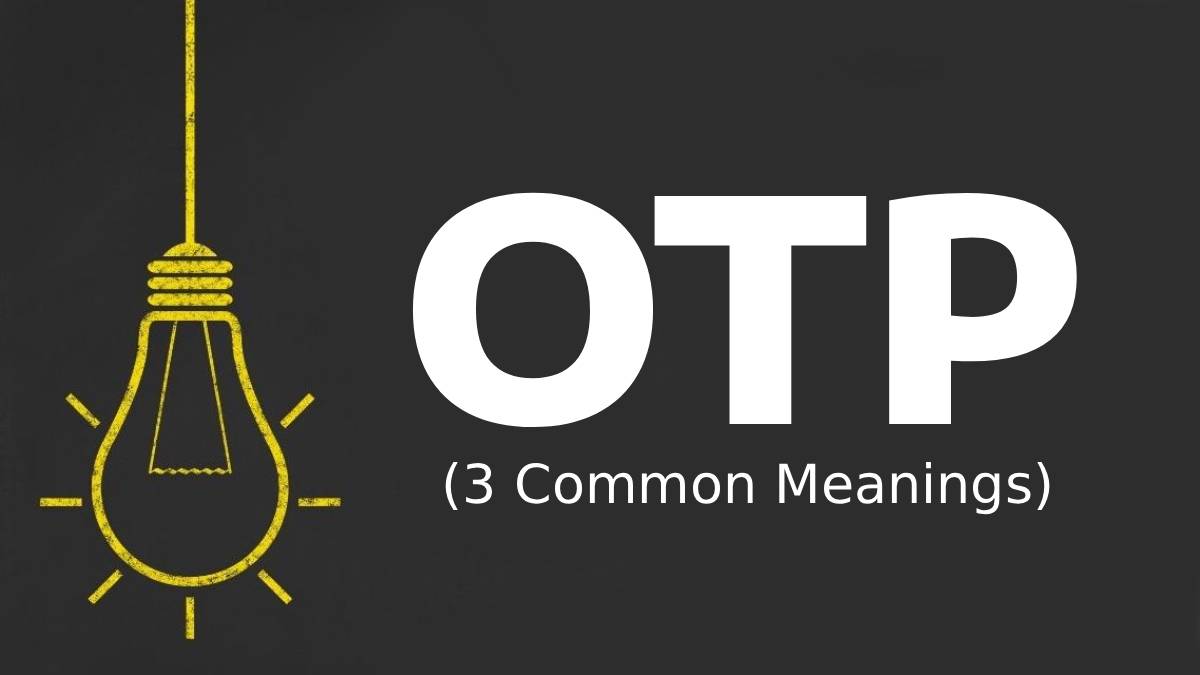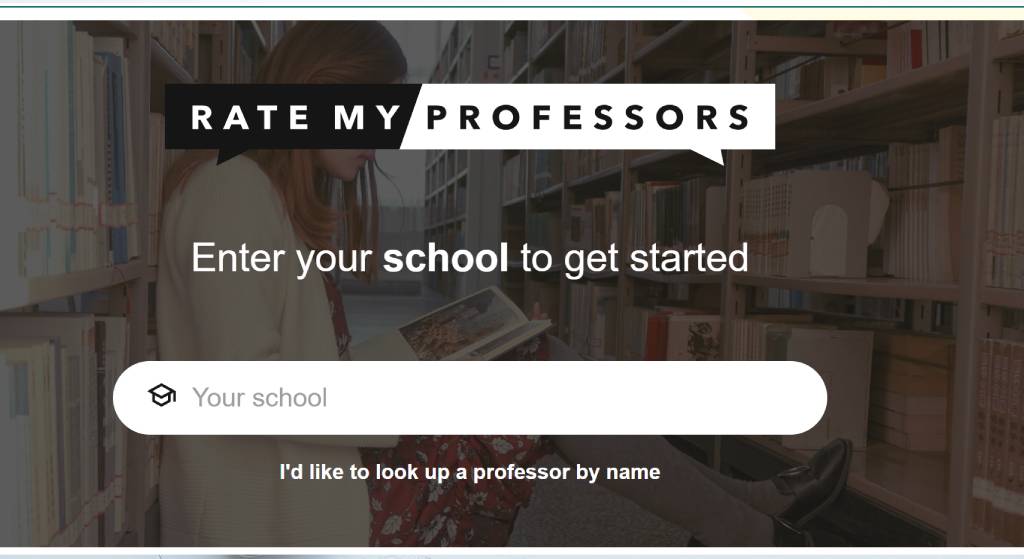
Writing is a valuable skill in the real world. Regardless of what the future holds for a student, knowing how to present a claim in writing and supporting it with evidence can reap significant benefits in their future lives.
Ordinarily, this is known as argument writing, and every literature teacher should have a roadmap to teaching argument writing. Here is a sneak peek at some strategies that work.
Show Your Students How It’s Done
One of the best ways to teach students and reduce the chances of forgetting is adopting the visual aspect. You can use mentor texts or examples of written articles under the argument genre. You want the learners to get the idea from a quality piece of work, so the samples need to be actual articles.
However, you must note that students tend to lose concentration fast. If you want them to pay close attention, consider choosing a controversial topic or anything you believe is exciting.
You can have them read through different texts, compare them, and note how the authors integrate evidence to support their claims. Emphasize real stories, statistics, facts, and other moves employed by these professional authors.
Organize Formal and Informal Arguments
Knowing the starting point can be a bit challenging. It would be best to have an enticing way to draw the students’ attention, and holding informal arguments can be a solution. You can pick an interesting topic, divide students into sides, and support and oppose the motion.
It will be more of a debate with proposers and an opposing side. Students take turns supporting their side without necessarily having factual evidence.
After the informal debate, you can then provide another discussion topic and some articles to support both sides. Have the students read the pieces and looked for more evidence?
Their arguments should now have the backing of evidence from these sources. Students can state their point of view along with supporting statements in the formal debate.
Show them a Writing Model and Give them an Assignment.
At this point, students know a lot about arguments but would probably get stuck on how to organize arguments in writing. It would work if they could have argumentative writing worksheets.
They all have ideas from the mentor texts, examples, and the in-class views. You can now show them an outline of introducing an argument, arranging their points, and closing remarks.
Ideally, this should come with a rubric showing what is expected of them and the scores at each stage. You can also offer them a piece of work you have prepared, meeting all your desired standards.
Help them Build the Framework.
Before you let them go work on the assignment, take time to draft a framework for an essay or two with them. Here, you can have the students suggest a topic, develop a thesis statement, and plan the key points together.
Handle everything from scratch, incorporating things like speaking your thoughts to help them check how you organize thoughts into something sensible.
After this, students will be ready to tackle the assignments. Be sure to check their work, make corrections, and encourage continuous improvement. You can encourage them to read more written arguments and even recommend essays of experts you know.




